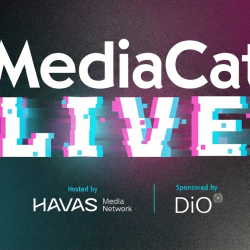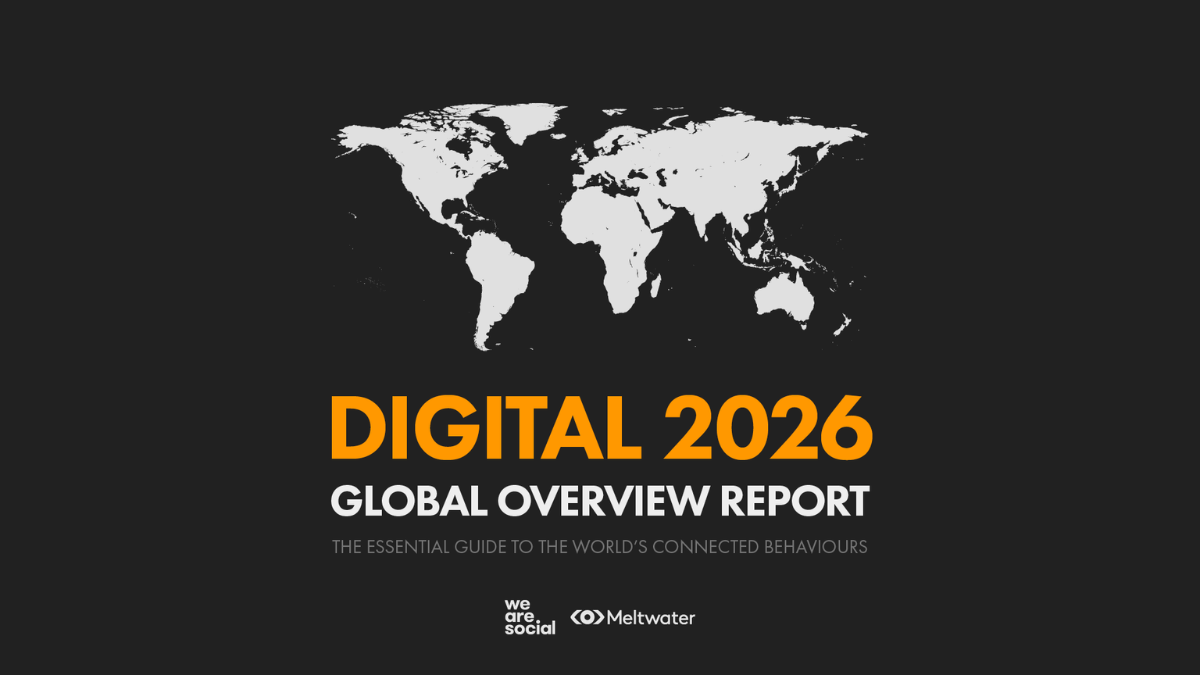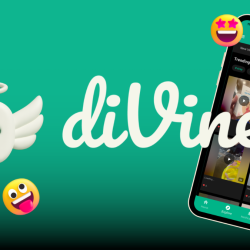Search engines are the top source of brand discovery among internet users aged 16 and over, according to We Are Social and Meltwater’s Digital 2026 report.
The annual report, published on 15 October, shows that 32.9% of users discover new brands, products and services through search engines. Close behind are TV ads (31.8%) and social media ads (30.4%).
While the overall data reflects preferences among all internet users over 16, there are notable differences by age group. Among the youngest users (ages 16–34), social media ads lead brand discovery, followed by search engines and TV ads.
For those aged 35-44, search engines remain top, with social media and TV ads trailing. In the 45-64 bracket, search ranks first, but TV ads edge out social media for second place. As expected, internet users over the age of 65 still discover brands and products through more traditional channels; nearly half (47.9%) pointed to TV ads as their source of discovery, followed by word of mouth and search engines.
‘Among younger audiences, social media ads now carry more weight than traditional search in shaping awareness and perception, while the rise of GenAI, now used by more than a billion people each month, is transforming how people find and trust information,’ Alexandra Bjertnæs, chief strategy officer at Meltwater, said in a statement.
Last year, Boston Consulting Group’s analysis showed that there is a high likelihood of midfunnel searches moving to LLMs. And, a few weeks ago, ChatGPT introduced its ‘Instant Checkout’ feature to users in the US, allowing them to discover and purchase products from Etsy and over a million Shopify merchants directly in chat. This week, Walmart announced that it has also joined ChatGPT’s Instant Checkout to allow customers to shop its products through the AI search engine.
But this does not mean that traditional search engines will soon fall behind AI search as a source of brand discovery.
OpenAI’s own study of how people use ChatGPT found that only 2.1% of all chats relate to inquiries about products or services available for purchase. This research, published just last month, indicates that there is still a long way to go before LLMs become the primary discovery tool for consumers.


















